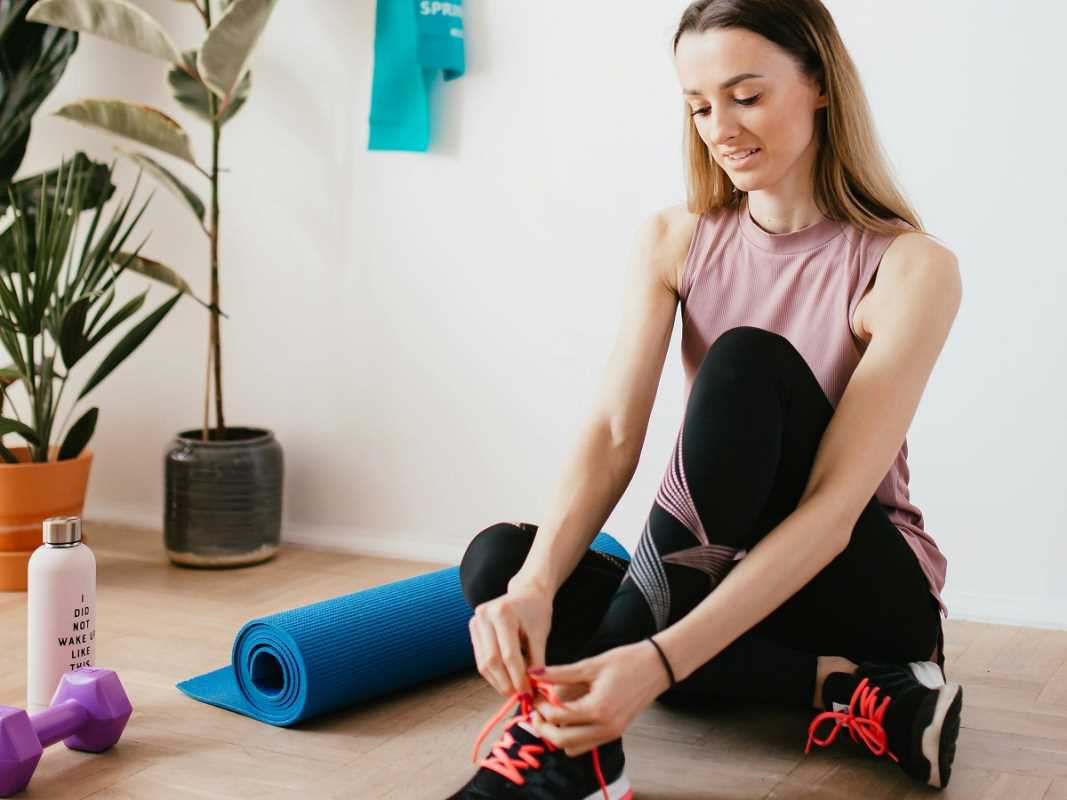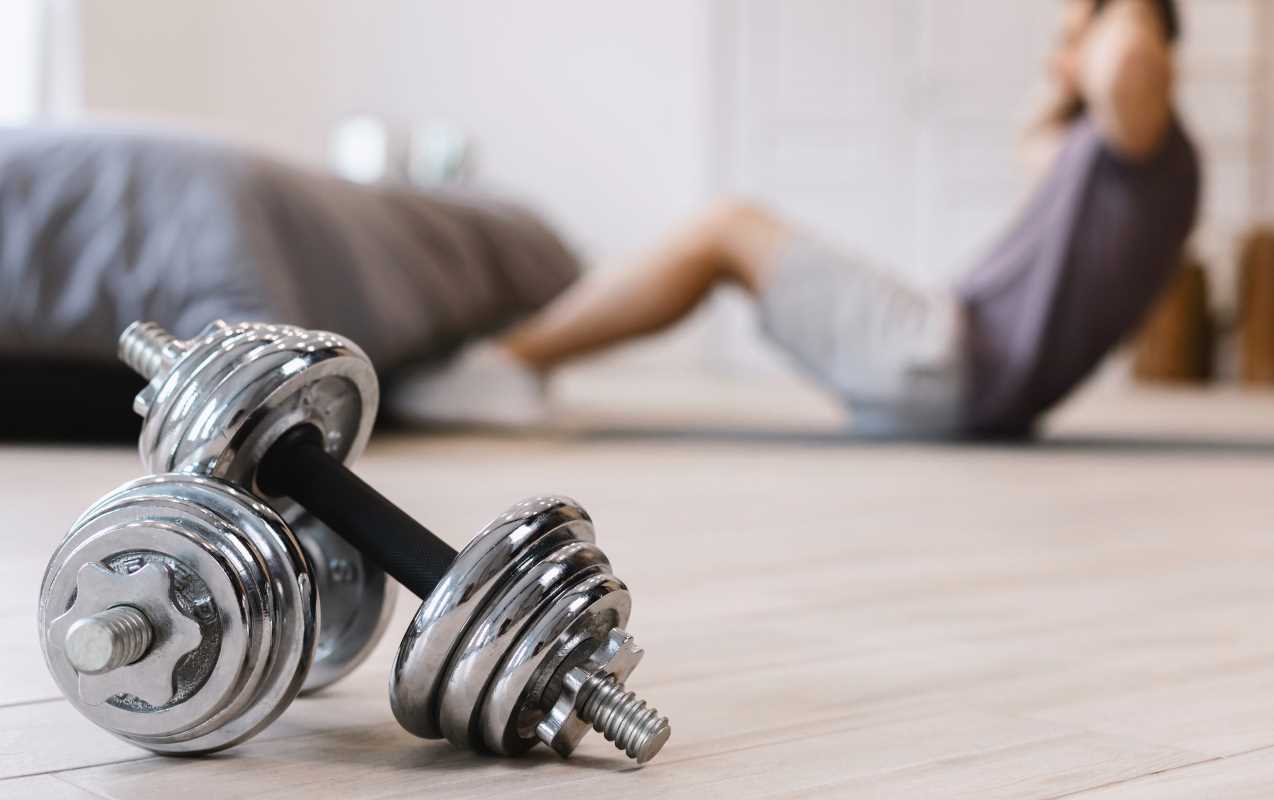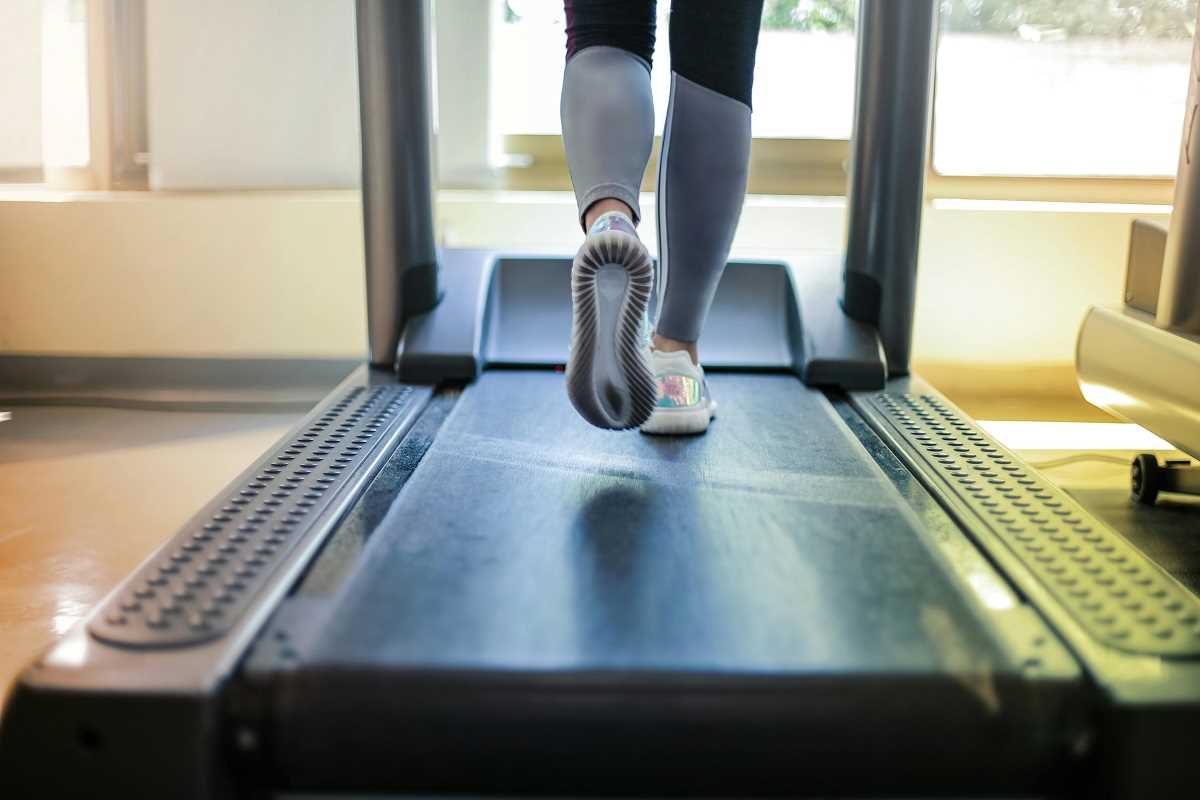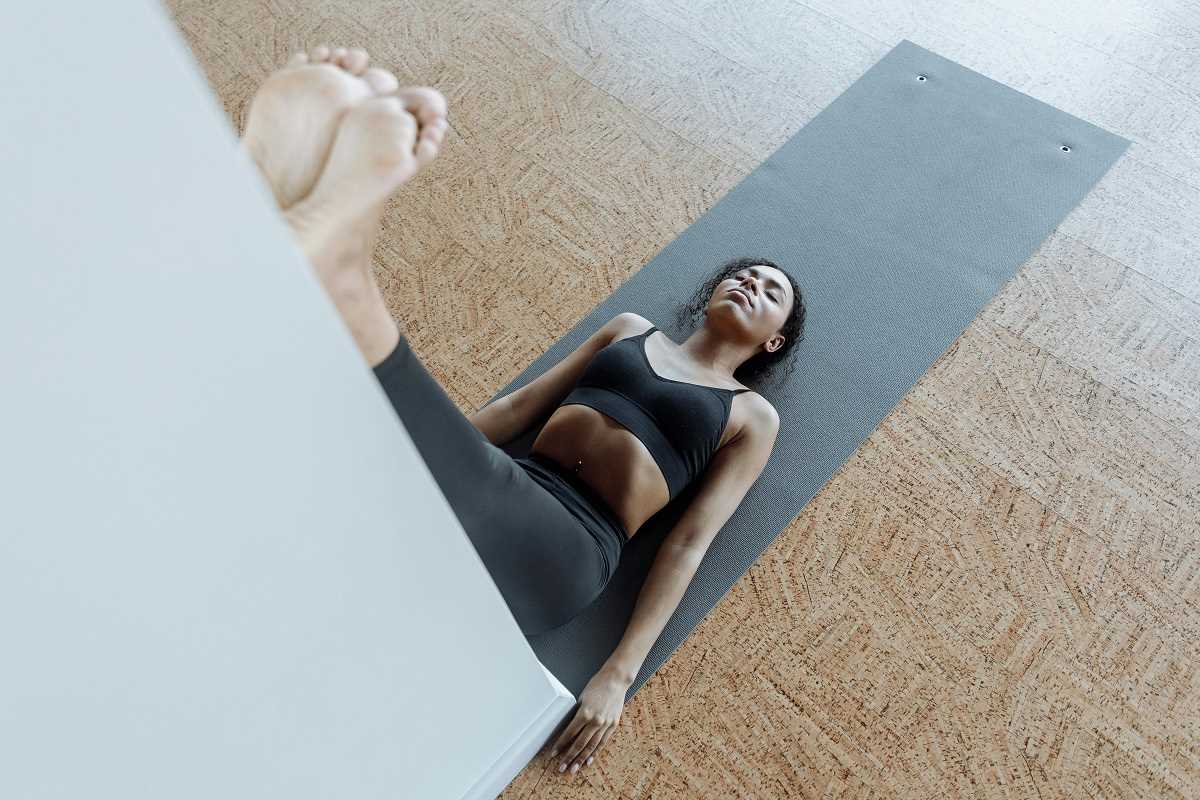When it comes to strength training, it’s easy to assume that weights or bulky gym equipment are the only options. But for those looking for a joint-friendly alternative, resistance bands are a game-changer. These lightweight tools pack a punch when it comes to building strength, improving flexibility, and keeping your workouts low-impact. Whether you’re a fitness newbie, recovering from an injury, or simply looking to switch things up, resistance bands offer the perfect mix of challenge and care for your joints.
Not only are they gentle on your body, but they’re also versatile, portable, and effective for all fitness levels. Curious to learn more? Keep reading to discover why resistance bands should be your go-to workout tool and how you can use them to power through joint-friendly strength workouts.
Why Resistance Bands Are Gentle on Joints
Unlike traditional weights that rely on gravity, resistance bands work through controlled tension. This controlled form of resistance provides a more gradual increase in load, reducing the stress placed directly on your joints. Here’s why they’re particularly joint-friendly:
- Low-Impact Resistance: Resistance bands smoothly engage your muscles without the jerking or heavy downward impact that can strain joints during weightlifting.
- Controlled Movements: Bands encourage a full range of motion, which helps prevent awkward jolts or improper form that can lead to joint discomfort.
- Adaptable Intensity: Bands come in varying resistance levels, allowing you to gradually build strength without overloading your joints. You can easily start light and work your way up as you get stronger.
- Great for Rehabilitation: Physical therapists often recommend resistance bands, as they’re safe and effective tools for rehabbing injuries or easing into exercise after a break.
Versatility Meets Efficiency
One of the best things about resistance bands is their versatility. These compact tools can replace an entire rack of weights, letting you work nearly every muscle group, no matter your fitness level or location.
Here’s what makes them incredibly effective for joint-friendly strength workouts:
- Full-Body Training: Whether it’s your arms, legs, back, or core, resistance bands can target every area of your body.
- Portable and Lightweight: Toss them in your bag, and you’ve got an instant workout tool wherever you go. Perfect for traveling or at-home fitness!
- Customizable Resistance: From a beginner easing into strength training to an experienced gym-goer, resistance bands can easily adapt to your needs. Simply adjust your hand grip or pair bands together for added intensity.
Resistance Band Exercises
You don’t need a fancy setup to get a fantastic workout with resistance bands. Try these simple, effective exercises that are easy on your joints and great for building strength.
1. Banded Squats
Build lower body strength while protecting your knees.
- How to Do It:
- Step into a loop band, placing it just above your knees. Stand with feet shoulder-width apart.
- Push your hips back and bend your knees as if sitting into an invisible chair.
- Stand back up, keeping tension on the band throughout the movement.
- Repeat for 10-12 reps.
- Why It’s Gentle: The resistance band keeps your squat form controlled and ensures no unnecessary stress on your joints.
2. Banded Rows
Activate your back muscles without heavyweights or machines.
- How to Do It:
- Wrap a long resistance band around a sturdy anchor, like a pole or door handle.
- Hold each handle or end of the band, keeping your arms straight in front of you.
- Pull the band back, bringing your elbows toward your torso. Squeeze your shoulder blades at the top.
- Slowly return to the start and repeat for 10-15 reps.
- Why It’s Gentle: Banded rows encourage smooth, controlled movements, which reduce the risk of strain on your shoulder and elbow joints.
3. Banded Glute Bridge
Strengthen your glutes and lower back with added resistance.
- How to Do It:
- Place a loop band just above your knees and lie on your back with knees bent and feet flat on the floor.
- Press into your heels to lift your hips off the ground. Keep your knees pushing slightly outward to create tension in the band.
- Lower your hips slowly back down and repeat for 12-15 reps.
- Why It’s Gentle: This exercise protects the spine and provides resistance for the glutes, all while being kind to your joints.
4. Shoulder Press with Resistance Bands
Build shoulder strength without heavy lifting.
- How to Do It:
- Step on the band with one or both feet, holding the ends of the band in each hand.
- Bring your hands up to shoulder height. Slowly press your arms overhead, fully extending them.
- Lower back down with control and repeat for 10-12 reps.
- Why It’s Gentle: Bands reduce strain on your shoulder joints by allowing for a smoother, more natural range of motion compared to traditional weights.
Types of Resistance Bands and Their Uses
Not all bands are the same, so choosing the right one can enhance your workout experience. Here’s a quick breakdown of the main types of resistance bands and how to use them.
1. Loop Bands
- Description: Circular, flat bands that come in various sizes and resistance levels.
- Best For: Lower-body exercises like squats, glute bridges, or lateral leg lifts.
- Why Choose Them: Compact, easy to use, and great for targeting legs and hips.
2. Tube Bands with Handles
- Description: Bands with attached handles for better grip and more comfort. Often come with door anchors for added versatility.
- Best For: Upper and full-body exercises like rows, chest presses, and bicep curls.
- Why Choose Them: Handles provide stability, making them ideal for upper-body workouts.
3. Therapy Bands
- Description: Long, flat, and stretchy bands typically used in rehabilitation or physical therapy settings. They’re gentler and lighter in resistance.
- Best For: Stretching, rehab exercises, or gentle mobility work.
- Why Choose Them: Perfect for beginners or anyone recovering from an injury.
4. Figure-8 Bands
- Description: A short band shaped like a figure-8 with handles on each end.
- Best For: Arm and upper-body moves like chest flys or shoulder squeezes.
- Why Choose Them: Perfect for small, targeted isolation exercises.
5. Pull-Up Assist Bands
- Description: Long, thick bands designed to help with pull-ups. They offer varying levels of support based on thickness.
- Best For: Assisting with pull-ups or heavier resistance moves like deadlifts.
- Why Choose Them: Useful for those working toward pull-up strength or more advanced resistance training.
Getting Started with Resistance Bands
If you’re ready to add resistance bands to your routine, here are some tips to ensure you get the most out of your workouts:
- Start with Lower Resistance: Challenge yourself, but avoid overdoing it. A light or medium band is ideal for beginners.
- Focus on Form: Proper alignment is key to protecting your joints and maximizing your results.
- Progressively Increase: Switch to higher-resistance bands or double-up as you get stronger.
- Mix It Up: Combine different types of bands to target various muscle groups and keep things fun.
Resistance bands prove that low-impact doesn’t mean low results. They’re joint-friendly, versatile, and effective, making them the perfect tool for strengthening your body while keeping it pain-free.
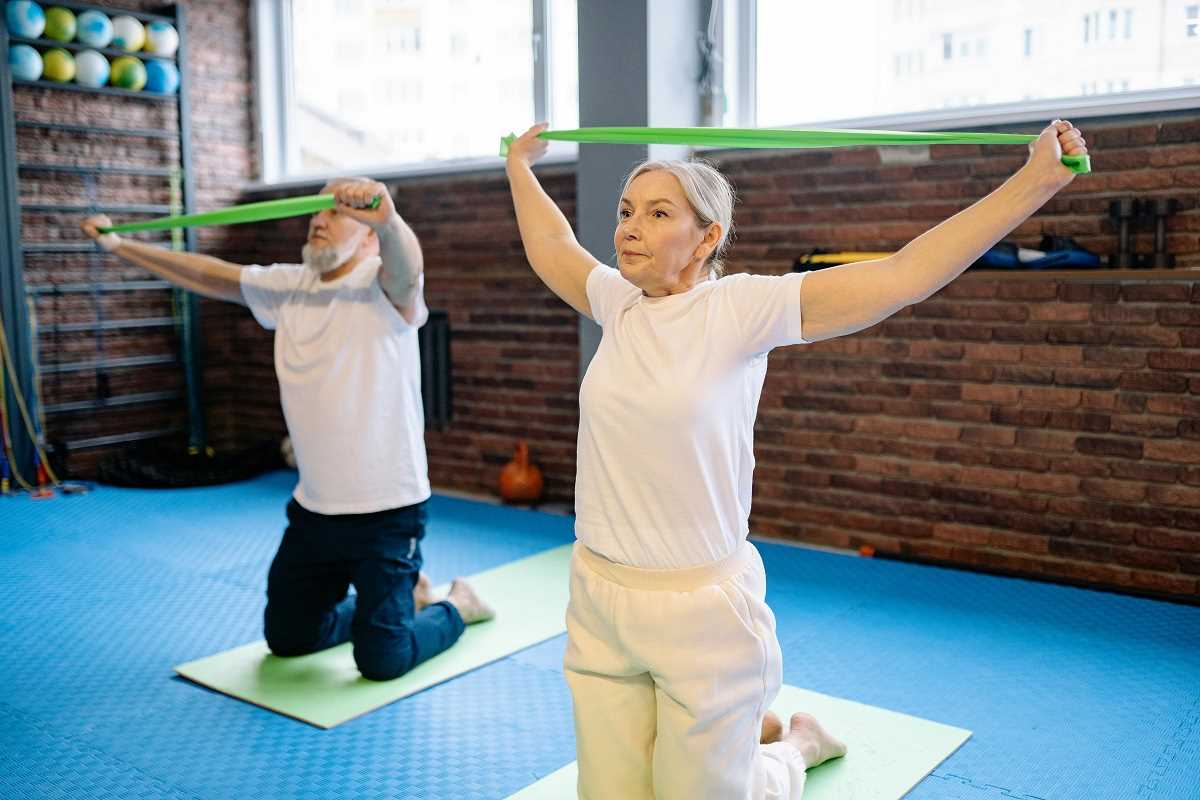 (Image via
(Image via